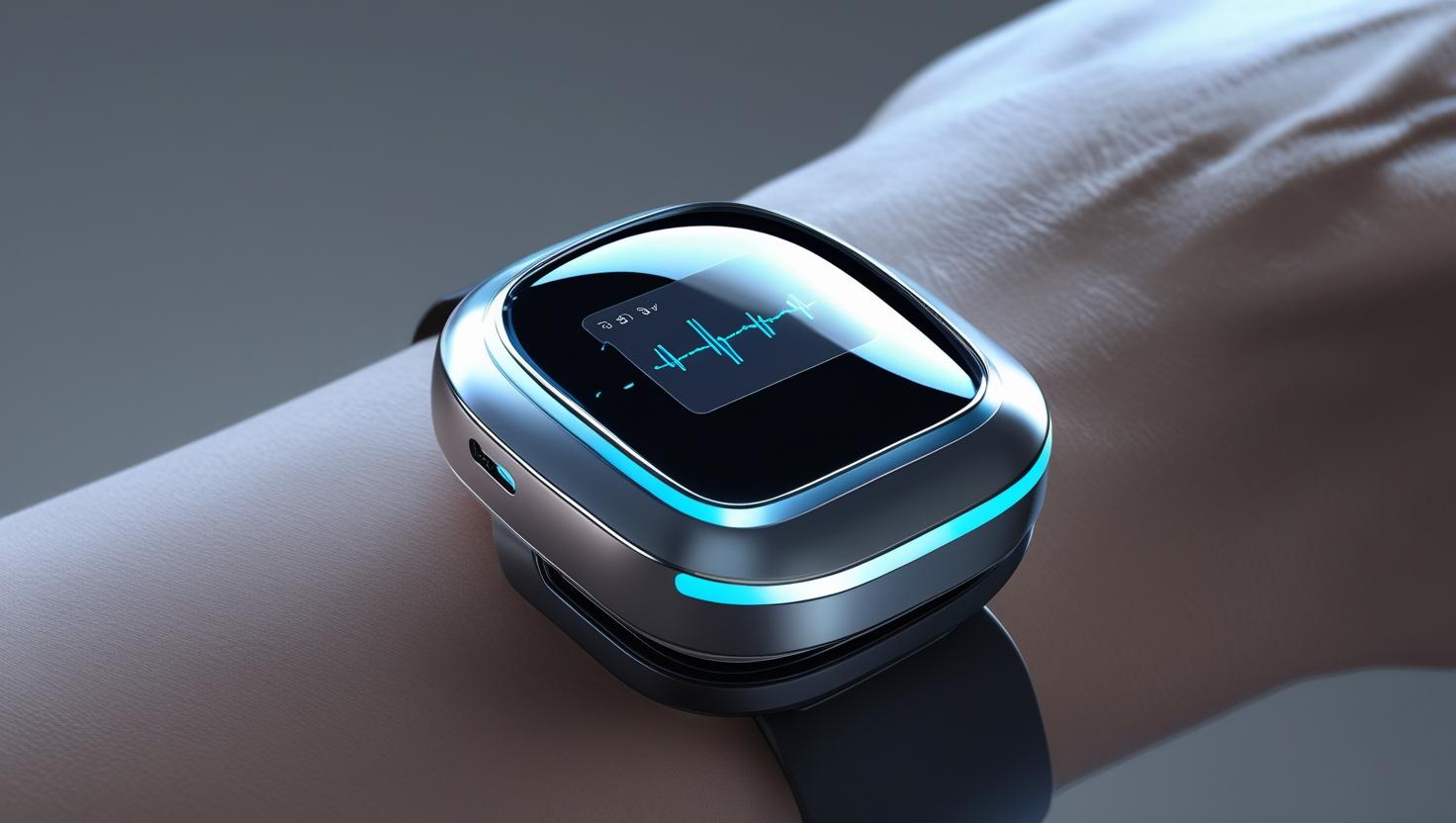The global wearable sensors market is experiencing a significant surge in growth, driven by the rising demand for fitness tracking, remote health monitoring, and the increasing convergence of consumer electronics and digital healthcare. With advancements in sensor technology, miniaturization, and connectivity, wearable devices have evolved from basic fitness tools into sophisticated health monitoring systems that are reshaping personal wellness, clinical diagnostics, and preventive care.
Market Momentum Fueled by Health and Wellness Awareness
Consumer behavior has shifted sharply toward proactive health management, largely influenced by the growing awareness of lifestyle-related illnesses, aging populations, and the rise in chronic conditions such as heart disease, diabetes, and hypertension. As a result, individuals are embracing smart wearable devices—such as fitness bands, smartwatches, and health patches—that provide real-time insights into physical activity, heart rate, blood oxygen levels, sleep quality, and more.
The Wearable Sensors Industry Size is projected to grow from USD 1.6 billion in 2023 and is projected to reach USD 4.2 billion by 2028; it is expected to grow at a CAGR of 21.1% from 2023 to 2028. The increasing demand shift towards smaller, smarter, and cheaper sensors is an essential driver for the wearable sensors Industry. The integration of these sensors with smartphone apps, cloud analytics, and telehealth platforms is accelerating adoption across both consumer and medical segments.
Download PDF Brochure @ https://www.marketsandmarkets.com/pdfdownloadNew.asp?id=158101489

Remote Patient Monitoring: A Game-Changer in Digital Health
The rapid advancement of remote patient monitoring (RPM) technologies has been one of the key drivers behind the market’s momentum. Enabled by wearable sensors, RPM allows healthcare providers to monitor patients’ vital signs in real-time without requiring in-person visits. This has proven invaluable in post-operative care, chronic disease management, and elderly care—especially in the wake of the COVID-19 pandemic, which significantly boosted demand for contactless and continuous monitoring solutions.
Wearable sensors used in RPM include:
-
ECG sensors for cardiac rhythm tracking
-
Blood pressure and glucose sensors
-
SpO2 sensors for blood oxygen monitoring
-
Temperature sensors for infection detection
-
Motion and posture sensors for fall detection and mobility analysis
Healthcare providers are increasingly relying on these technologies to improve patient outcomes, reduce hospital readmissions, and optimize care delivery costs.
Fitness Tech: A Strong Consumer Growth Engine
On the consumer front, the popularity of fitness-focused wearables remains a major growth engine for the market. Brands like Apple, Fitbit (Google), Garmin, and Samsung continue to innovate with wearable devices that not only track workouts but also offer health insights, coaching, and wellness programs. The adoption of AI-driven health metrics, personalized recommendations, and integrated ecosystems has turned wearable devices into daily companions for millions of users worldwide.
The market has also witnessed a spike in adoption among fitness enthusiasts, athletes, and corporate wellness programs, where data from wearable sensors helps track performance, recovery, and overall wellbeing.
Technology Advancements Driving Innovation
The evolution of wearable sensors is being propelled by continuous innovation in materials science, wireless communication, and data analytics. Key technological trends include:
-
Miniaturization: Smaller, more comfortable sensors embedded into wearables without compromising performance.
-
Energy efficiency: Development of low-power sensors that extend battery life.
-
Sensor fusion: Combining multiple sensor types in a single device to improve data accuracy and functionality.
-
AI and machine learning: Enhancing real-time insights from wearable data streams for predictive health management.
-
5G and edge computing: Enabling faster data transmission and on-device processing for low-latency monitoring.
Regional Outlook and Market Leaders
North America currently leads the wearable sensors market, fueled by advanced healthcare infrastructure, tech-savvy consumers, and the presence of key market players. Asia-Pacific is witnessing the fastest growth, particularly in countries like China, India, Japan, and South Korea, due to urbanization, rising disposable incomes, and expanding digital health initiatives.
Key players in the market include:
-
STMicroelectronics (Switzerland);
-
Infineon Technologies (Germany);
-
Knowles Electronics (US);
-
NXP Semiconductors (Netherlands);
-
Texas Instruments (US);
-
TE Connectivity (Switzerland);
-
Broadcom (Switzerland);
-
Analog Devices (US);
-
Panasonic (Japan); and
-
Asahi Kasei (Japan) among others.
These companies are focusing on R&D, strategic partnerships, and device integration with healthcare ecosystems to maintain their competitive edge.
Conclusion: A Smart Future for Health and Performance
The global wearable sensors market is poised to transform not just how people track fitness but how they manage long-term health. As technology matures and cross-industry collaborations strengthen, wearable sensors will play an increasingly vital role in predictive healthcare, personalized wellness, and connected living. For investors, healthcare providers, and tech innovators alike, the wearable sensor ecosystem represents a high-growth, high-impact opportunity in the digital health revolution.
Semiconductor and Electronics Market Research Reports & Consulting
FAQ – Global Wearable Sensors Market Growth
1. What is driving the growth of the wearable sensors market?
The market is being driven by increased demand for fitness tracking, remote patient monitoring, and digital health solutions. Factors like rising health awareness, chronic disease management, and the popularity of smart wearables are accelerating adoption worldwide.
2. How are wearable sensors used in remote health monitoring?
Wearable sensors monitor vital signs such as heart rate, blood oxygen levels (SpO2), blood pressure, ECG, and body temperature. These devices allow healthcare providers to track patient health in real-time without in-person visits, improving outcomes and reducing healthcare costs.
3. What role does fitness technology play in this market?
Fitness tech is a major growth driver. Consumers use wearable sensors in devices like smartwatches and fitness bands to monitor daily activity, exercise performance, sleep patterns, and overall wellness. This demand supports innovation and broader market expansion.
